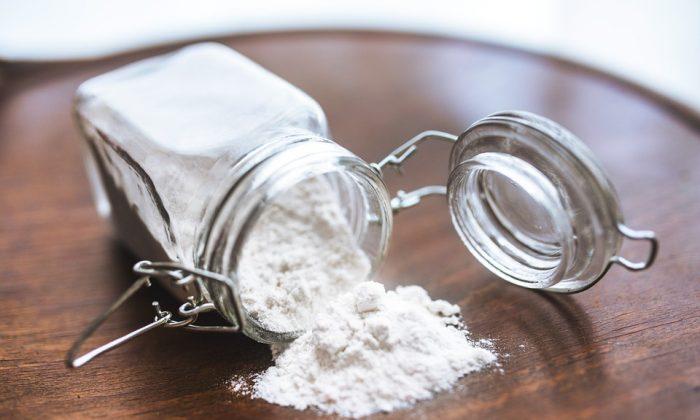Federal investigators have identified flour as the source of a salmonella outbreak that caused a dozen people to fall ill over the past four months.
The U.S. Food and Drug Administration (FDA) and the Centers for Disease Control and Prevention (CDC) said Thursday that a collaborative investigation has confirmed that the salmonella outbreak was linked to raw flour.
The agencies have yet to identify any specific brand or brands of flour as being the source of the pathogen. Although most of the patients reported eating raw dough or batter made with flour before they became sick.
“Flour doesn’t look like raw food, but most flour is raw. This means that it hasn’t been treated to kill germs that cause food poisoning,” the CDC explained.
“Any raw (unbaked) flour used to make dough or batter can be contaminated with germs like Salmonella, but Salmonella germs are killed when flour is cooked or baked. You can get sick after eating or tasting raw dough or batter,” it added. “Children can get sick from handling or eating raw dough used for crafts or play clay.”
The 12 people infected, including three hospitalized, live across the country, suggesting that what’s behind the outbreak is likely a product sold nationwide. The patients reside in California, Illinois, Iowa, Minnesota, Missouri, Nebraska, New York, Ohio, Oregon, Tennessee, and Virginia.
Illnesses started on dates ranging from Dec. 6, 2022, to Feb. 13 this year, according to the CDC. The patients range in age from 12 to 81 years, with a median age of 64. An overwhelming 92 percent of them are women.

Symptoms
Symptoms of salmonella infection can include diarrhea, fever, and stomach cramps within six hours to six days after eating contaminated food. Healthy adults usually recover on their own after four to seven days. When it comes to the aforementioned vulnerable people, however, diarrhea may become so severe that patients have to be treated or even hospitalized.In the meantime, the FDA and the CDC advise Americans never to eat any raw dough. They also recommend keeping raw flour, dough, and batter separate from foods that won’t be cooked and cleaning up thoroughly after working with raw flour by washing hands and any bowls, utensils or surfaces the flour was used on with warm water and soap.





